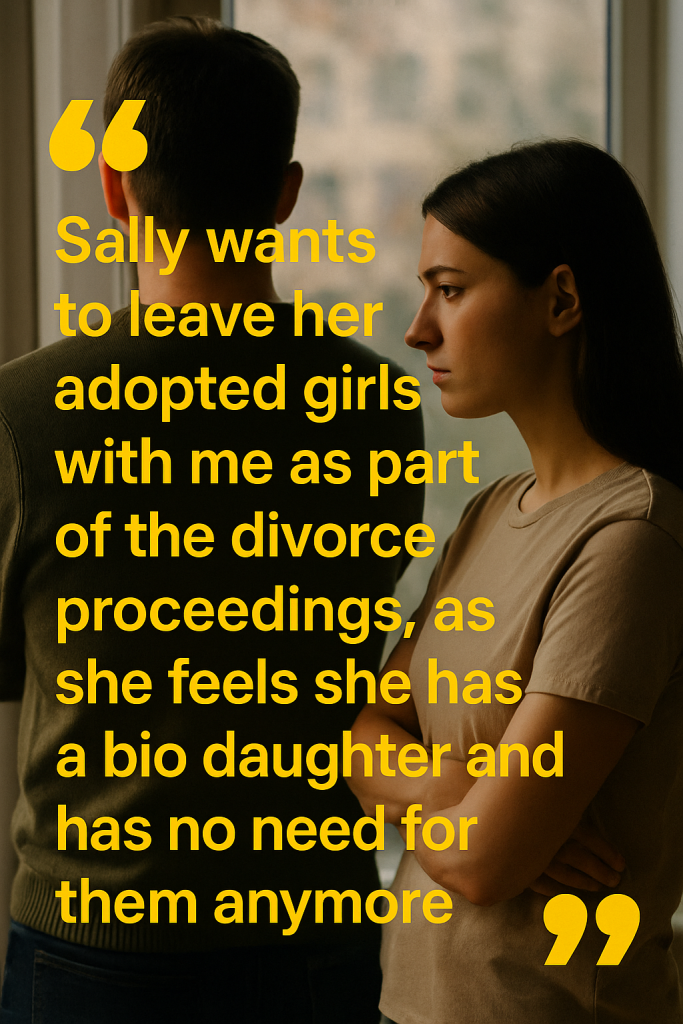A mother’s controversial decision to rehome her two adopted daughters has led to all of her children being placed in the custody of Child Protective Services (CPS), sparking widespread concern and igniting intense discussions about child welfare and adoption policies.
Earlier in 2024, authorities intervened after the mother attempted to transfer custody of her two adopted girls to another family without following legal adoption or guardianship procedures. This unconventional and unregulated move alarmed professionals and neighbors alike, prompting immediate CPS involvement.
According to officials, the mother’s plan to “rehome” her adopted daughters—a term used when parents seek to place children directly with another family rather than through the formal foster or adoption system—raised serious red flags. Social workers determined the children were at potential risk, leading to CPS removing all of her children from her care, not just the two adopted daughters.
The scope of CPS intervention was significant: the agency took custody of all the mother’s children as a protective measure while investigating the circumstances. Caregivers and sometimes the courts contend that direct “rehoming” without formal oversight can jeopardize a child’s safety due to the lack of background checks and legal review of prospective guardians.
Experts emphasizing child protection highlighted this case as a cautionary tale. “When children are adopted, the law requires proper transfer processes to ensure their welfare,” said a child welfare advocate. “Informal rehoming skips these safeguards, increasing risk of neglect or abuse.”
While concerns about adoptive parent preparedness or circumstances may prompt some families to consider rehoming, child welfare officials warn that circumventing established systems creates complicated legal and ethical issues. The current intervention aims to secure stable, supervised living arrangements for the children while assessing the mother’s capacity to care for her family long-term.
The mother’s motivation for rehoming was reportedly tied to personal hardships and the overwhelming demands of parenting multiple children, including the two adopted girls. Although CPS was called in after neighbors or relatives raised alarms, authorities say their main focus remains the children’s immediate safety and future well-being.
This case also sheds light on a broader national discussion about the gaps in oversight for adoptive parents facing challenges and the sometimes limited resources available to support them. Advocacy groups suggest more comprehensive post-adoption support services might prevent situations where parents feel forced to resort to risky rehoming arrangements.
For now, the girls are being cared for by state-supervised foster families, and CPS continues its assessment to determine whether reunification with the mother or alternative permanent placements are in the children’s best interest.
This incident serves as a stark reminder of the delicate balance between parental rights and child protection, underscoring why formal procedures exist to safeguard vulnerable children.
The family’s story continues to unfold as authorities work swiftly to ensure the adopted daughters—and all the children involved—find secure, nurturing environments.



